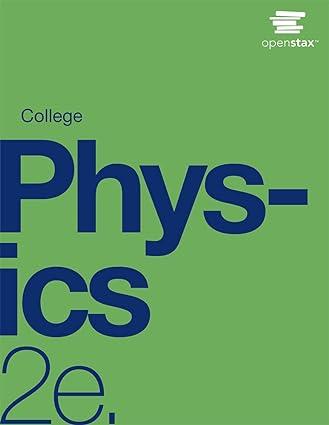Assuming the angular resolution found for the Hubble Telescope in Example 27.5, what is the smallest detail
Question:
Assuming the angular resolution found for the Hubble Telescope in Example 27.5, what is the smallest detail that could be observed on the Moon?
Data from Example 27.5
The primary mirror of the orbiting Hubble Space Telescope has a diameter of 2.40 m. Being in orbit, this telescope avoids the degrading effects of atmospheric distortion on its resolution.
(a) What is the angle between two just resolvable point light sources (perhaps two stars)? Assume an average light wavelength of 550 nm.
(b) If these two stars are at the 2 million light year distance of the Andromeda galaxy, how close together can they be and still be resolved? (A light year, or ly, is the distance light travels in 1 year.)
Strategy
The Rayleigh criterion stated in the equation θ = 1.22 λ/D gives the smallest possible angle between point sources, or the best obtainable resolution. Once this angle is found, the distance between stars can be calculated, since we are given how far away they are.
Step by Step Answer:






